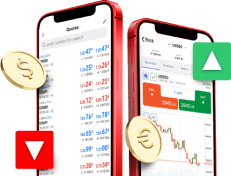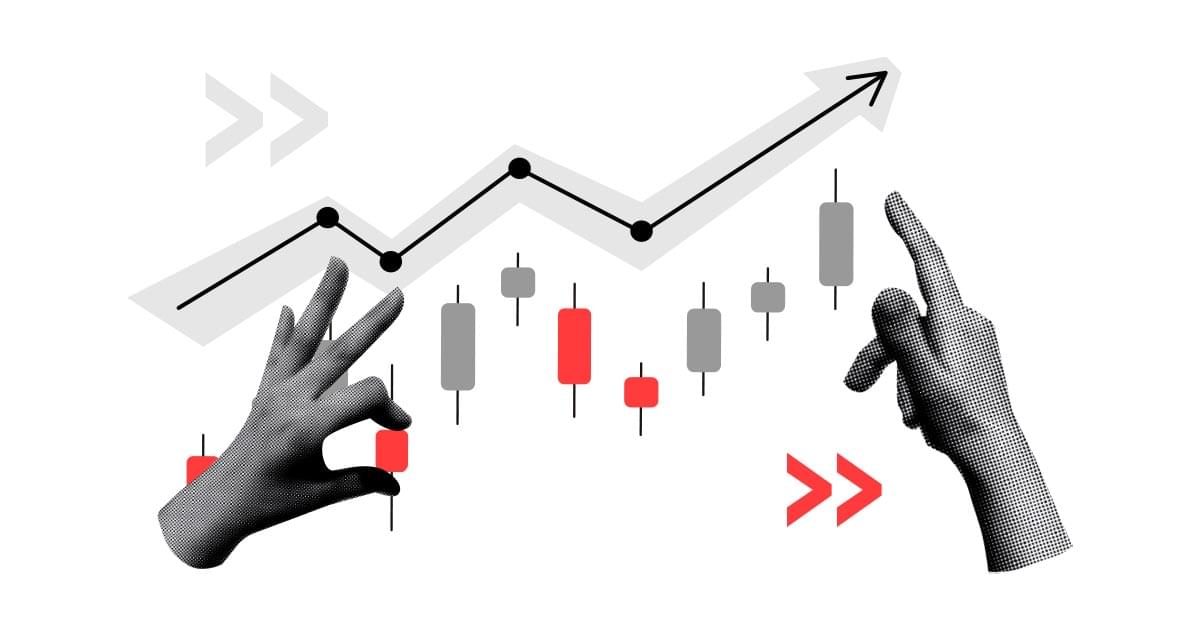Optimism returned to equity markets and the correction related to concerns about rising inflation proved to be very short-lived. Stock buyers seem to believe the announcements that the price increases will be temporary and that the asset purchase program will not be quickly curtailed. On the currency market, in turn, it is worth noting the broad weakness of the US dollar. As a result, the euro strengthened above the USD 1.22 level for the first time since February 28.
Today, European stock markets seem to be on the rise. The German DAX 30 traded on the Frankfurt Stock Exchange reached a record high of 15,531 points, while the Paris CAC 40 index climbed to its highest level in over 20 years. In the United States, futures for the local stock indexes are also trading in the green. Dow Jones futures seem to be gaining less than 0.3 percent, S&P 500 futures 0.35 percent, and Nasdaq futures over 0.7 percent.
Easing inflation concerns appear to be contributing to the gains, and the prospect of a strong economic recovery continued to support overall sentiment.
Oil prices rise, OPEC+ estimates demand
Despite the difficult epidemic situation in India and several other Asian countries, optimism also returned to the oil market. The WTI variety is gaining value for the third session, reaching 10-week highs. Thus, the price of a barrel of WTI oscillates around 67 USD. The outlook for fuel consumption growth in the US, China and the European Union appears to have balanced concerns about the impact of the worsening COVID-19 crisis in India and rising contagion in Singapore, where the World Economic Forum was cancelled, and Taiwan.
OPEC+ began gradually easing oil production cuts this month, pumping an additional 350,000 barrels a day and saying demand will still rise by 5.95 million barrels a day in 2021, boosted by the rapid rollout of coronavirus vaccinations around the world. The EIA also predicts that demand for oil will outpace supply as economies recover from pandemics. Needless to say, continued fuel price increases could be another inflationary factor in the second half of the year.
France and Austria are loosening coronavirus restrictions starting May 19. Cyprus, Greece, Germany, Italy, the Netherlands, Portugal and the United Kingdom have begun opening their borders, and other countries are likely to follow suit in June.
2022 a time to return to pre-pandemic status?
Last week, the European Commission revised upwards its GDP forecasts for 2021 and 2022, saying that by the end of 2022, the economies of all member states should have returned to pre-crisis levels. On monetary policy, coverage of the April meeting showed that ECB officials will conduct a thorough assessment of financing conditions and inflation prospects in June, as they seemed particularly concerned about the euro's strengthening against the dollar. The latter factor could be key, as the ECB's reaction to the EUR/USD's rise earlier led to a drop from 1.23 to the 1.17 region.
Investors are today awaiting the second estimate of first-quarter GDP, which could show that the Eurozone economy contracted by 0.6 percent on a quarterly basis.
Daniel Kostecki, Chief Analyst Conotoxia Ltd.
Materials, analysis and opinions contained, referenced or provided herein are intended solely for informational and educational purposes. Personal opinion of the author does not represent and should not be constructed as a statement or an investment advice made by Conotoxia Ltd. All indiscriminate reliance on illustrative or informational materials may lead to losses. Past performance is not a reliable indicator of future results.
77.46% of retail investor accounts lose money when trading CFDs with this provider. You should consider whether you understand how CFDs work and whether you can afford to take the high risk of losing your money.


